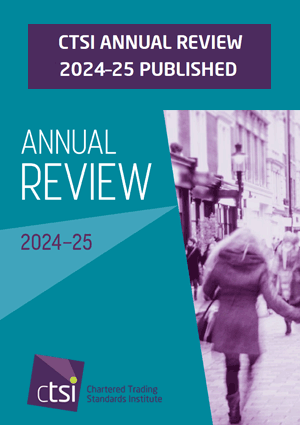Scottish Government
|
|
Compliance with self-isolation and quarantine measures: A literature review
This literature review analyses UK and international research on compliance with self-isolation and quarantine regimes implemented during the current Covid-19 pandemic and previous infectious disease outbreaks.
This literature review analyses UK and international research on compliance with self-isolation and quarantine regimes implemented during the current Covid-19 pandemic and previous infectious disease outbreaks. Adherence to isolation is complex and a range of factors can impact whether someone is willing and able to comply. Knowledge of Covid-19, and of related rules and guidance, socio-economic status, culture and language, mental health and risk perception have all been found to play a key role in determining whether or not people comply. Recommendations to overcome barriers to compliance have been made by experts in different fields. Many of these focus on how crucial it is to ensure that people are motivated to comply via perceived personal and sociocultural benefits, and are helped to overcome the many practical and social obstacles they may face. Others stress the importance of gaining and maintaining trust in science and confidence in the government’s ability to adequately handle the crisis. By examining the factors determining adherence to self-isolation and quarantine, and the strategies adopted to positively influence it, this review aims to provide an overview of the lessons learned so far which might contribute to the Covid-19 response.
Since the beginning of the Covid-19 pandemic, self-isolation and quarantine measures have represented a key strategy to contain the spread of the virus. This literature review examines the range of factors that can impact compliance with these measures and the approaches deemed effective in influencing it. These factors are:
Knowledge about Covid and self-isolation/quarantine requirements: A lack of knowledge or an incorrect interpretation of the official messages damages the effectiveness of public health efforts, even among those who want to comply. Focusing on clearer and more effective information campaigns, and on the provision of easier access to reliable sources of information, is fundamental.
Socio-economic status: Rates of compliance are heavily influenced by financial constraints and depend on income support, job protection and practical support (provision of food, assistance with accommodation, etc.). There has been a significant effort to align public health responses with people’s lived realities, in the awareness that the ability to comply depends on people having the resources to do so, in particular if they are easy to obtain and provided promptly.
Cultural and language barriers to compliance: Adherence to isolation regimes tends to be lower in certain minority ethnic groups. The importance of providing accessible information in a range of languages and to communities with varying degrees of health literacy plays a vital role in compliance. It is key to target communication inequalities by consulting representatives from minority groups, ensuring that the interventions are developed in partnership.
Community support for adherence: People feel encouraged to comply if they see others doing so, and they fail to adhere if they become a target of stigma in the community if testing positive. Looking at ways to link people up with community support mechanisms and emphasising the relatively high prevalence of those complying may elicit higher feelings of social connectedness and foster adherence.
Sense of civic duty and community belonging: Research shows how compliance with rules improves when this is perceived as a contribution to the wellbeing of the community as a whole. Emphasising civic duty, community belonging and appealing to altruistic motivations have been identified as successful strategies.
Risk perception: The belief that Covid-19 does not pose a serious risk and the inability to see self-isolation as beneficial are associated with lower adherence. Risk perception tends to vary according to demographic variables like age and gender, with men and younger people being more permissive and less risk averse than women and older people. Communications focusing on risk of transmission might improve compliance.
Mental health: A link between poorer mental health and non-compliance with self-isolation and quarantine has been observed. Mitigation measures include access to emotional support or clinical interventions delivered remotely where possible. Recommendations have also been made for mapping local sources of support and promoting virtual social interactions.
Monitoring and enforcement of self-isolation/quarantine rules: Enforcement measures implemented internationally have included the introduction of legal duties to self-isolate, fines, random checks, managed quarantine hotels for international travellers and physical closure of locations. While institution-based isolation has proved to be more effective than home-based isolation in increasing compliance, evidence on other kinds of solutions is mixed and presents a dimension of cultural variation.
Compliance with self-isolation and quarantine measures: A literature review 30 page PDF 393.2 kB
Original article link: https://www.gov.scot/publications/compliance-self-isolation-quarantine-measures-literature-review/


